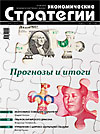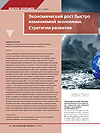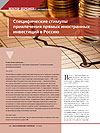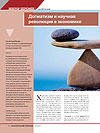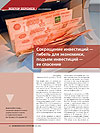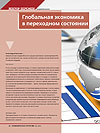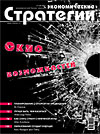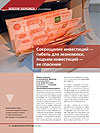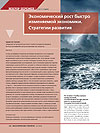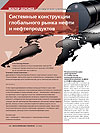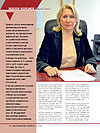Economic Growth of Rapidly Changing Economy. Development Strategy
The article dwells on the problem of economic growth organization in the world economic system, as well as the question of implementing the catch-up and outstripping development strategies for countries lagging behind in development. The author gives a simple model of the system economic growth and demonstrates the major factors determining the development strategy. The author substantiates an adequate strategy of advanced development in Russia, taking into account global changes, structural changes, technological regimes (trajectories) of development, carries out an empirical analysis of economic growth results from 1961 to 2012 inclusive. The idea of the factor productivity evaluation is fundamental in the framework of modern theories of economic growth. Yet the structural parameters of the economic system, institutions and technological changes, though the latter are reflected in the changing parameters of the production function, practically are not taken into account in the framework of the known approaches. However, the ratio of structural elements, on the one hand, defines the future value of an aggregated factors productivity, and on the other — has a strong effect on the rate of economic growth and on the mode of its innovative dynamics. Introduction of the economic system’s structural parameters into growth models with the possibility to evaluate such regimes in terms of interaction of old and new combinations represents a significant step in evolution of the economic growth (development) theory. It allows to form a policy of stimulating economic growth based on structural relations and ties, identified for this economic system. It is most convenient in obtaining such models to take advantage of logistics functions, representing a resource modification for the old and the new combinations within the economic system. Result of the economy development depends on the initial conditions, as well as on the institutional parameters of changes in the resource borrowing rates in favor of a new combination and creating its proper resource. Resource formalization in a model is carried out through the idea of investing into new and old combinations.


